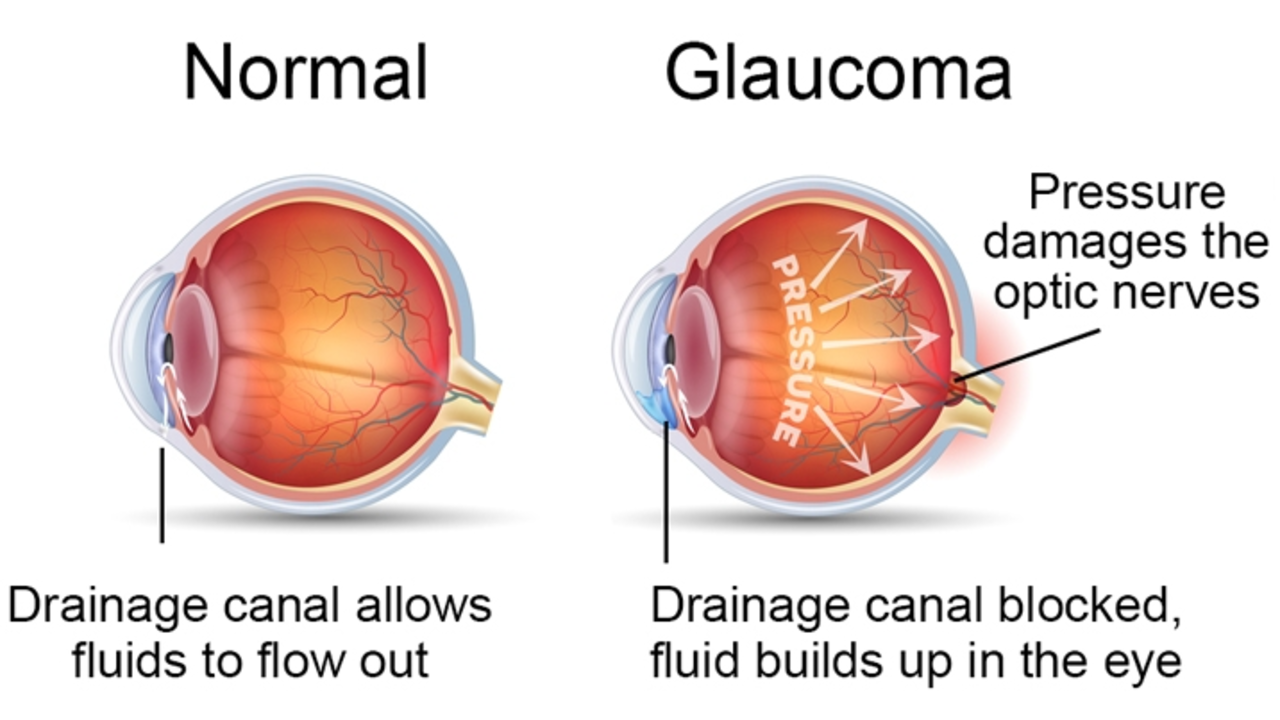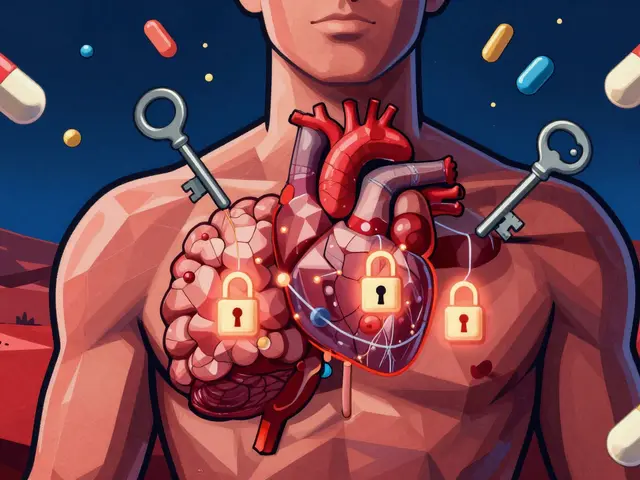Glaucoma Basics: What It Is and How to Deal With It
If someone mentions glaucoma, you might picture blurry vision or an eye exam. In reality, glaucoma is a group of eye diseases that damage the optic nerve, often because pressure inside the eye builds up. The damage can happen slowly, so many people don’t notice any change until it’s already advanced.
Key Signs You Should Watch For
The first clue is usually a loss of peripheral (side) vision. Imagine watching TV and suddenly the picture looks narrower – that’s what early glaucoma can feel like. Some people report seeing halos around lights, eye pain, or headaches, especially if the pressure spikes quickly. If you have any of these symptoms, book an appointment with an eye doctor right away.
Why It Happens and Who Is at Risk
The main driver is high intra‑ocular pressure (IOP). The fluid that nourishes the eye can’t drain properly, causing pressure to rise. Age matters – people over 60 are more likely to develop it. Family history is another red flag; if a parent or sibling has glaucoma, your risk goes up. Certain medical conditions like diabetes, high blood pressure, and even thin corneas also increase the odds.
Ethnicity plays a role too. African‑American adults have a higher chance of developing the more aggressive form called open‑angle glaucoma. Asians are more prone to angle‑closure glaucoma, which can cause sudden pain and blurred vision.
How Doctors Diagnose Glaucoma
Diagnosis isn’t based on symptoms alone. An eye doctor will measure your IOP with a tonometer, look at the optic nerve using a special camera, and test peripheral vision through a visual field exam. Sometimes they also check the thickness of the cornea because that can affect pressure readings.
Treatment Options That Really Work
The goal is to lower eye pressure and stop further damage. Most people start with prescription eye drops. Common ones contain prostaglandin analogs, beta‑blockers, or carbonic anhydrase inhibitors – each works a little differently but all aim to improve fluid drainage.
If drops don’t bring pressure down enough, doctors may suggest laser therapy. Laser trabeculoplasty opens up the drainage angle in open‑angle glaucoma, while laser iridotomy creates a tiny hole in the iris for angle‑closure cases. These procedures are quick and usually painless.
When medication and laser aren’t sufficient, surgery becomes an option. Procedures like trabeculectomy or tube shunt implantation create new pathways for fluid to exit the eye. Surgery carries more risk but can be life‑changing for those with severe pressure spikes.
Lifestyle Tips to Support Your Eyes
While medicine does most of the heavy lifting, a few habits help keep eye pressure stable. Exercise like walking or swimming can lower IOP a bit, while heavy weightlifting might raise it temporarily. Avoid smoking and limit caffeine – both have been linked to higher eye pressure in some studies.
Regular check‑ups are crucial. Even if you feel fine, an annual exam can catch changes early enough to intervene before vision loss becomes permanent.
Glaucoma may sound scary, but with the right knowledge and proactive care, most people maintain good vision for years. If any of the signs mentioned ring a bell, schedule that eye appointment today – catching it early makes all the difference.






